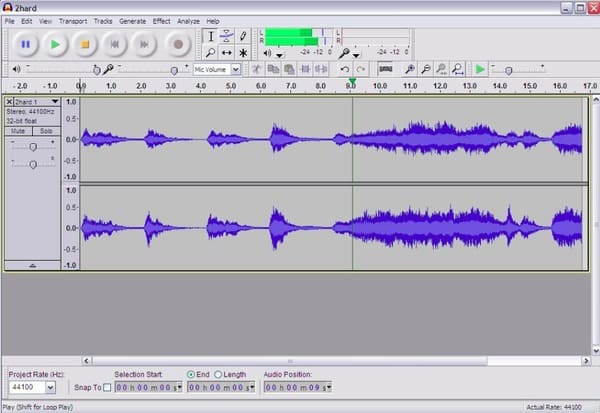

Cedarville is known for its biblical worldview, academic excellence, intentional discipleship, and authentic Christian community.Luckily, it doesn’t offer a hectic procedure to get your job done. Keywords: convert voicemail file, convert voice mail file, music, recording, change file type, change file format, convert music, convert mp3, convert wma Share This PostĬedarville offers more than 150 academic programs to grad, undergrad, and online students. Rename and place the file > In the "Save as Type:" menu bar, select the file format you want to convert the file to.Open Adobe Audition > Click on the small blue and green icon in the top-left corner that says "Edit" (NOT the "Edit" menu bar).If the files types you are using are not supported by Audacity, you will need to use Audition to convert the file. You do NOT need to save changes as the converted file is already saved.Īudition is a much more full-featured program and can work with more files types than Audacity, including WMA files. When done converting files, you can close Audacity.You can edit this information or leave it blank > Click. A dialog box will open with options for metadata (artist, album, genre, etc.).Select the option with the file type you want to convert to. Navigate to the file you want to convert > Click.From Audacity, click "Project" > Select "Import Audio.".You can convert any audio file supported to Audacity to 3 files types: MP3, WAV, and Ogg Vorbis. However, Audacity cannot work with all file types, including Windows Media Audio (.wma), the file type used by Windows Media Player. Use AudacityĪudacity is more streamlined with less features and will work well for simple file conversion. Audacity is located under Language & Literature, and Audition is located under Com Arts. Depending on the file types you are using, you can use either Audacity or Adobe Audition. You may need to convert an audio file to another format for various reasons (e.g., to use as voicemail message, to transfer to an MP3 player).


 0 kommentar(er)
0 kommentar(er)
